You've probably eaten your fair share of chocolate in your life, and if you're like most people, you've probably relished all those moments.
Chocolate is delicious — and there's so much you can do with it to enjoy its flavor, from popping a piece right into your mouth to creating fancier confections like this flourless chocolate cake.
Well, it turns out that humanity's love and veneration for chocolate is nothing new and dates back hundreds of years — plus, it's always been associated with some pretty dramatic things. Chocolate has been revered as coming from the heavens, used as currency, and even served as the root of some seriously unethical practices.
The next time you indulge in a bit of this decadent treat, remember some of these lesser-known facts about its history, and why this otherwise humble-looking little seed has driven so many people into lifelong love affairs with its flavor.
Read on to discover what history is lurking in your candy bars and Valentine's Day gifts below, and let us know your favorite chocolate treat in the comments!
Chocolate Comes From A Seed

What is chocolate? It actually comes from the seeds of the cacao tree, which are dried, ground, and cooked to create various dishes.
The brightly colored seed pods grow in tropical climates, and sprout right off the tree's trunk like this.
Chocolate Was Believed To Be A Gift From The Gods
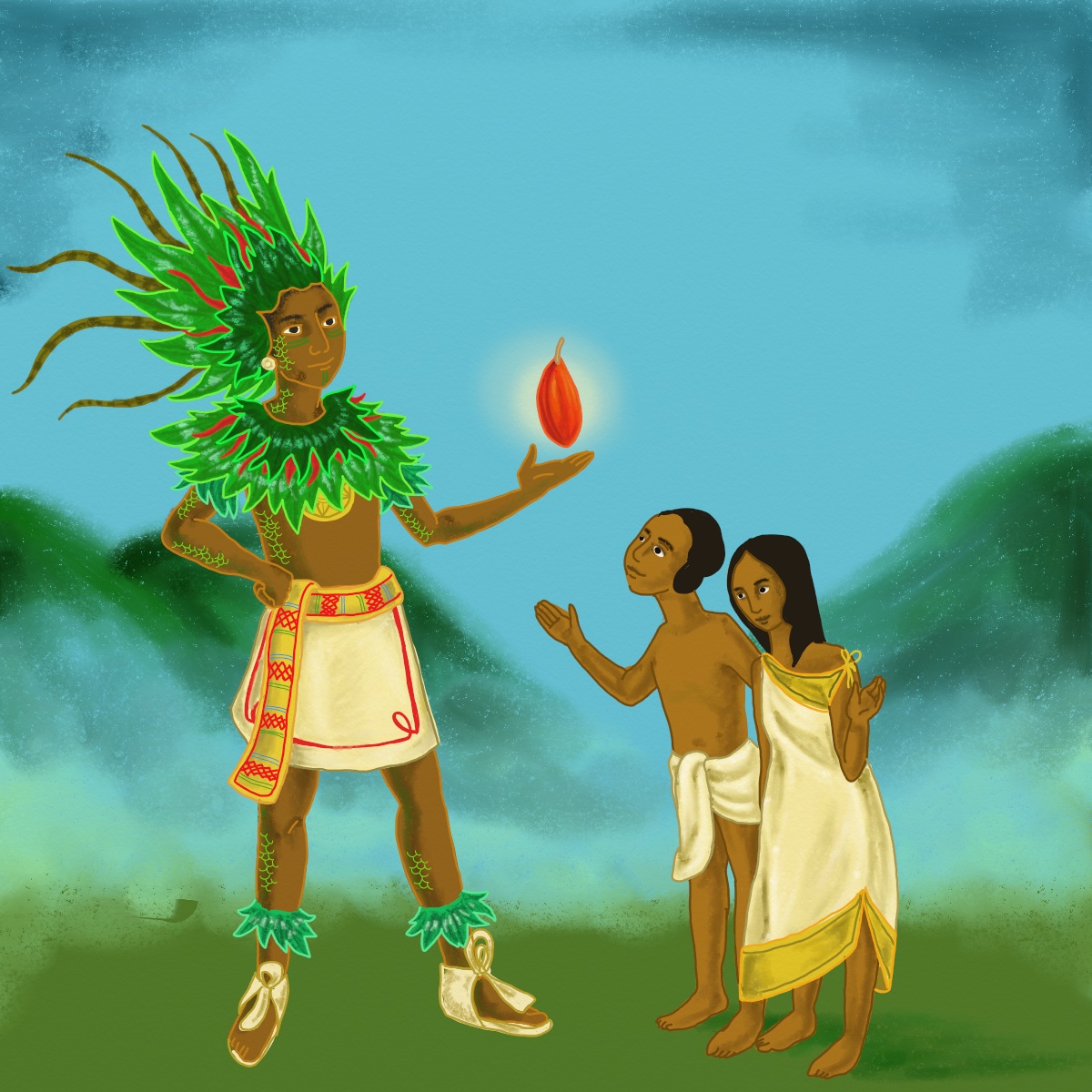
Chocolate cultivation began in Mesoamerica hundreds of years ago.
The Aztecs particularly loved it and believed that it was a gift from the god Quetzalcoatl, who gave the plant to humans despite getting in trouble with the other gods for doing so.
The Aztecs believed that chocolate gave people strength, and many also considered it an aphrodisiac.
We Have The Aztecs And The Maya To Thank For Chocolate
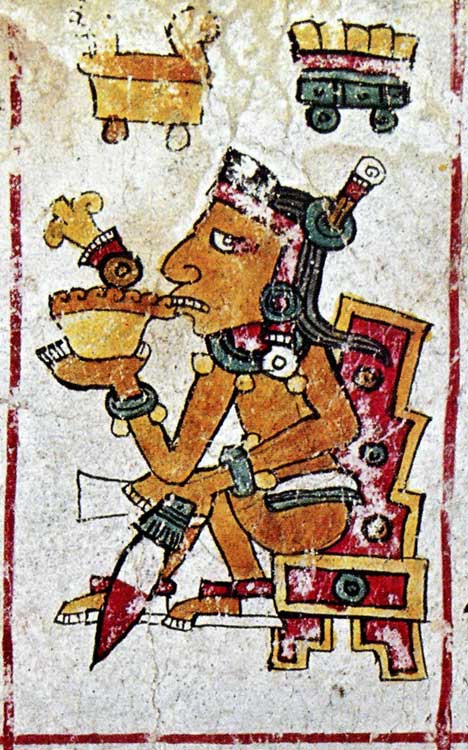
They didn't eat chocolate, though.
Instead, the Aztecs drank their chocolate in the form of a cold, frothy beverage where the ground cocoa seeds were mixed with wine, corn puree, and spices.
While they drank it cold, their neighbors, the Maya, drank their cocoa hot, and have been credited with inventing hot chocolate.
Cocoa Was Used Like Money
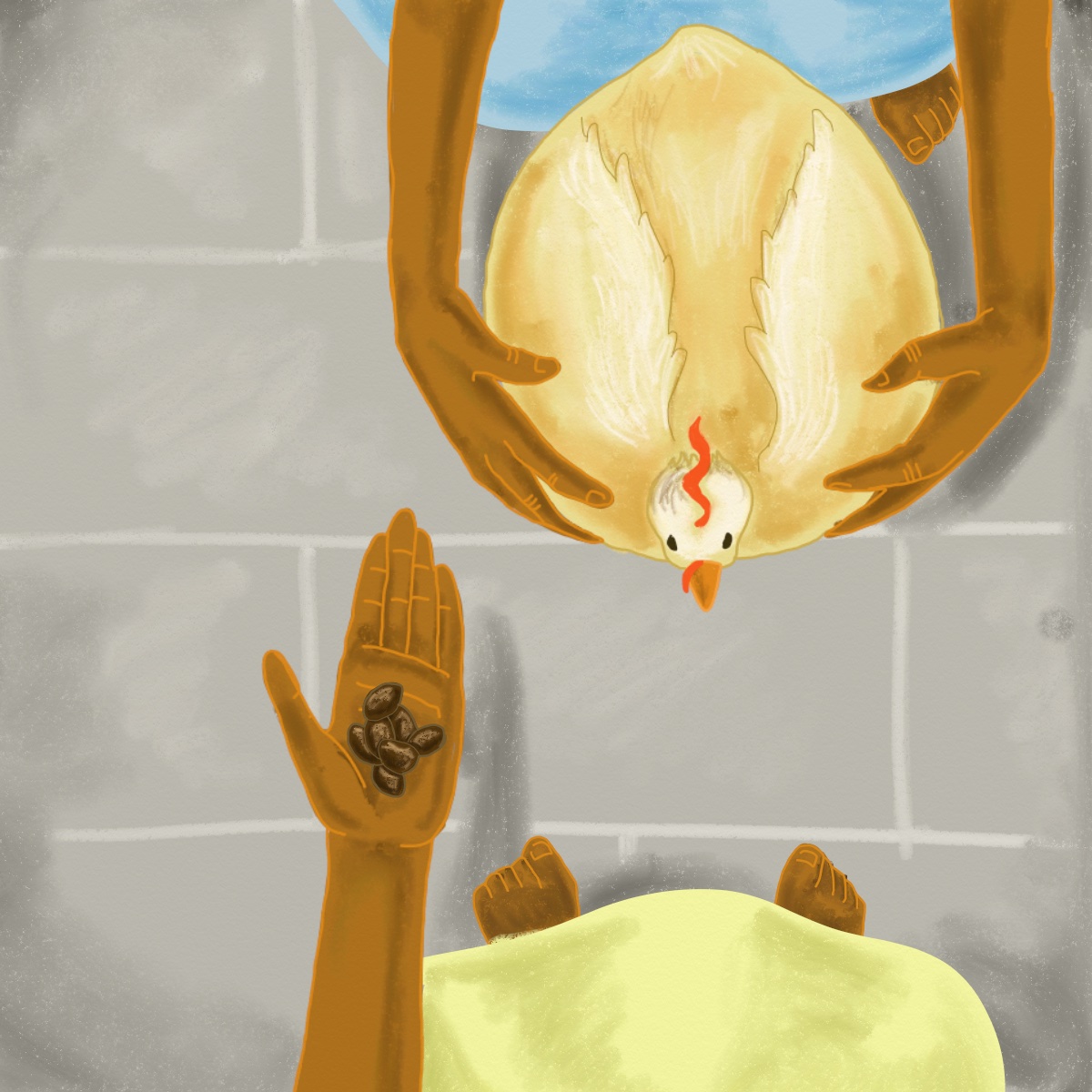
Records from Mesoamerica show that cocoa beans were used as currency and were traded for many items.
Cocoa beans were also used as taxes and tribute money, and there's been evidence that the coveted beans were traded as far away as the Southwestern U.S.
Europeans Didn't Know What It Was At First
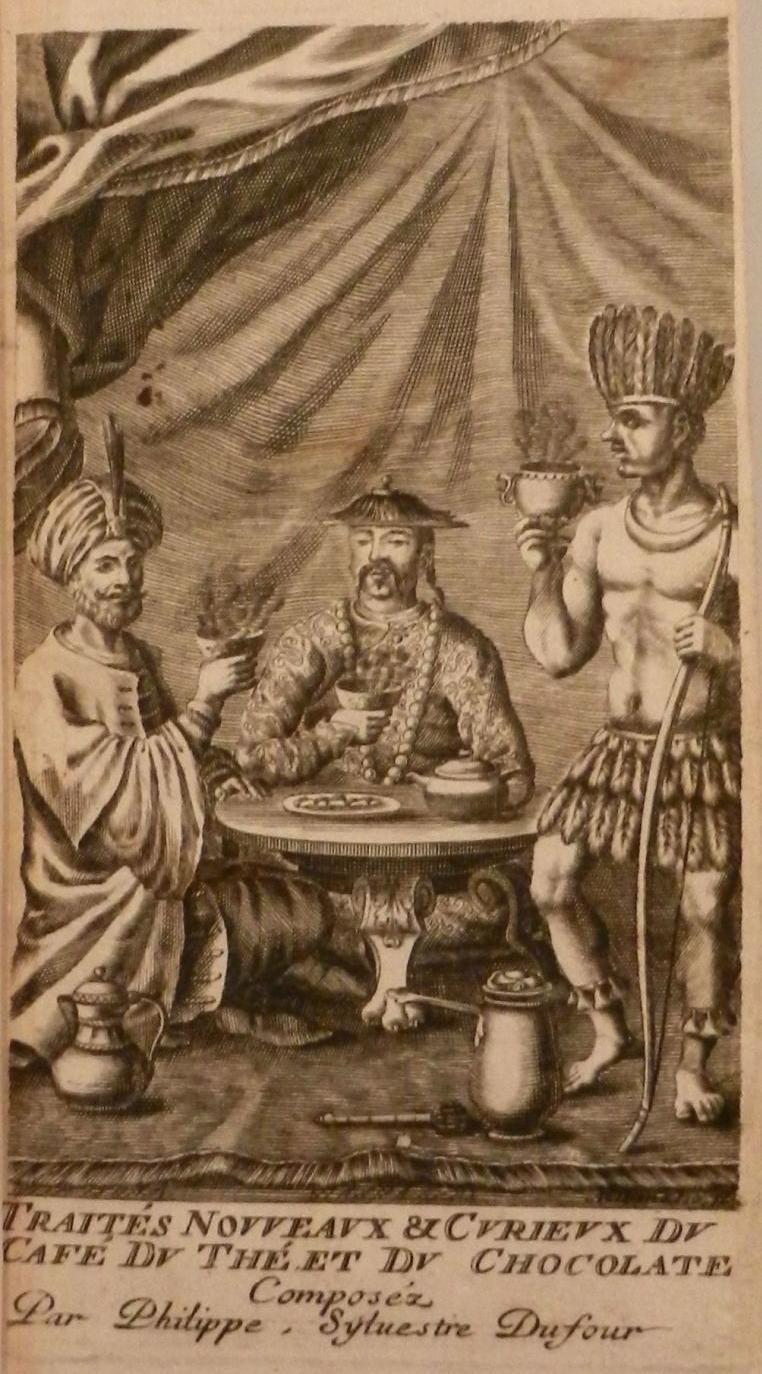
When he first saw them, Christopher Columbus mistook the cocoa beans for almonds, since he and the rest of the Europeans had no idea that cocoa even existed in the 15th century.
Columbus, as well as other Spanish colonizers, brought cocoa beans back to Europe, but it didn't become wildly popular until some friars introduced it to the Spanish court.
Chocolate Soon Became All The Rage In Europe

From there, it spread like wildfire.
Chocolate — in beverage form as hot cocoa — became hugely popular in Europe, and was considered a status symbol as it had to be imported.
As you can see in this painting from the 1740s, special chocolate sets with cups, pots, and utensils were created specifically for sipping cocoa.
A High Demand Meant A High Price For Humans
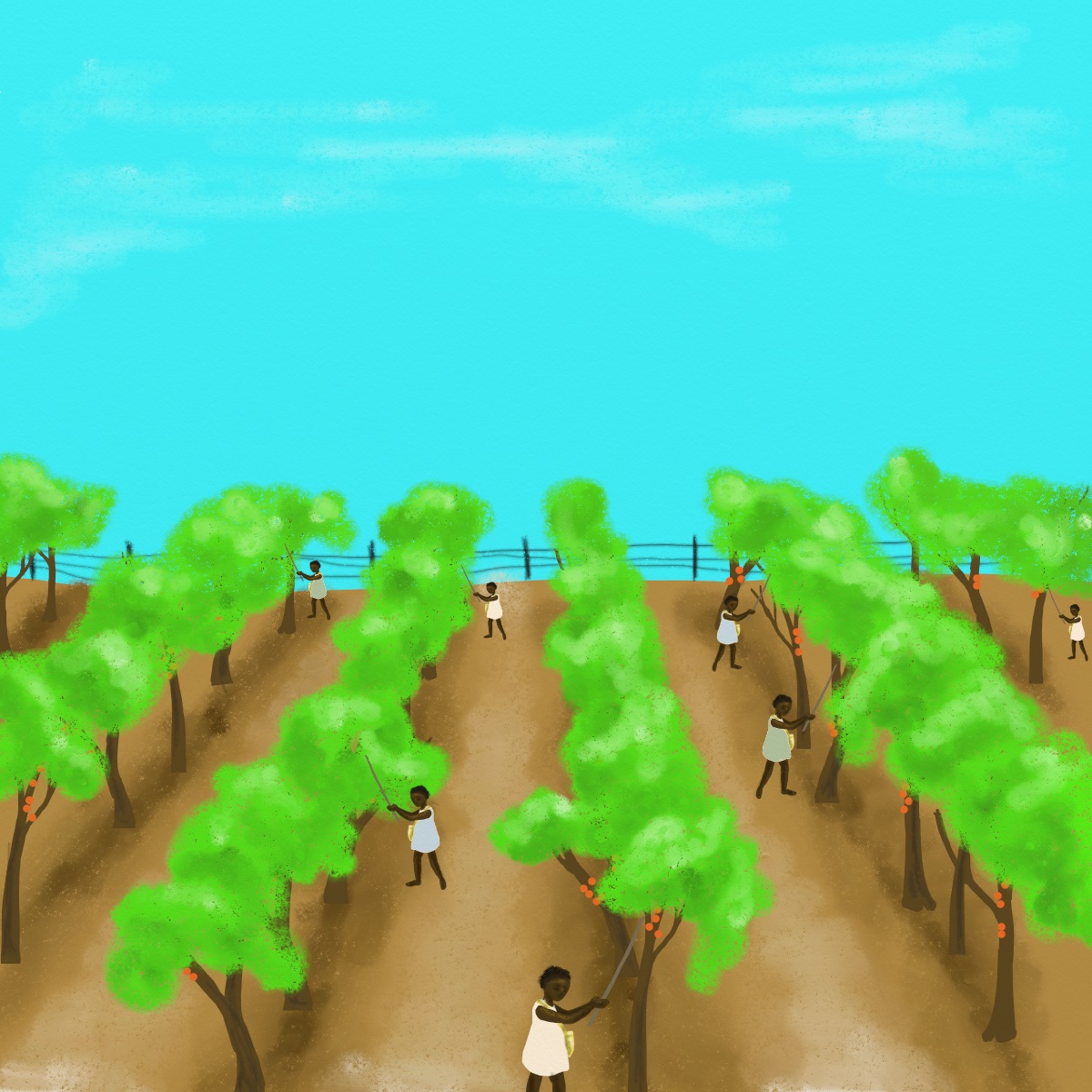
Sadly, the demand in Europe led to widespread exploitation of land and people in the Americas.
Huge cacao plantations were created, and thousands of slaves were forced to work on them.
Much, if not all, of the cocoa consumed in Europe came from slave labor in Central America.
It Took A Long Time For Chocolate To Become Solid
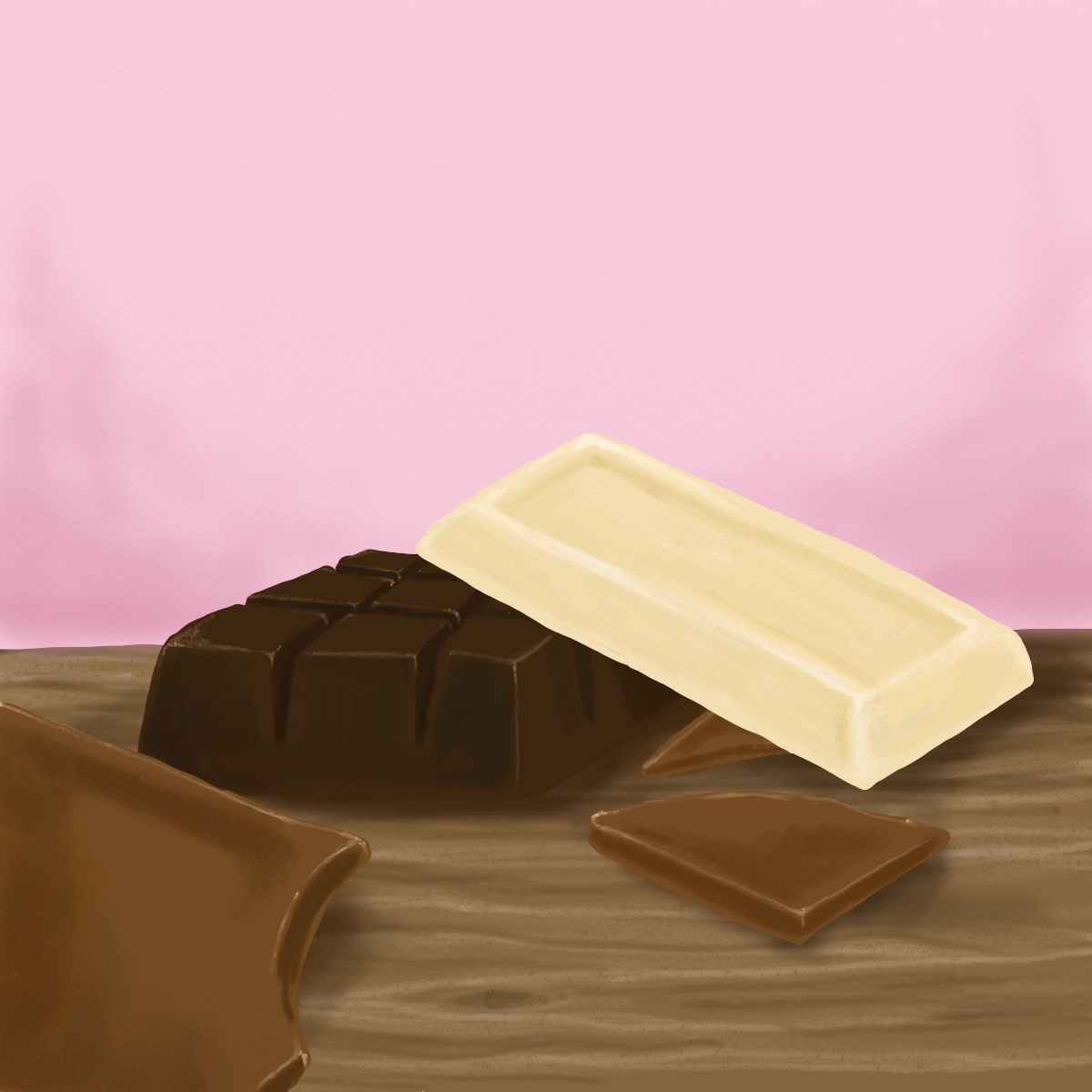
Today, we think of chocolate in bar form, but that actually didn't exist until the Industrial Revolution, when methods to remove the fat and press cocoa into solid bars were developed in 1828.
And you wouldn't have seen milk chocolate until 1875, when it was invented. Milk was added to the mixture to make a lighter, sweeter flavor.
White chocolate, which contains cocoa butter but not cocoa solids, was introduced in the 1930s.
Packaged Chocolate Became A Wildly Popular Gift
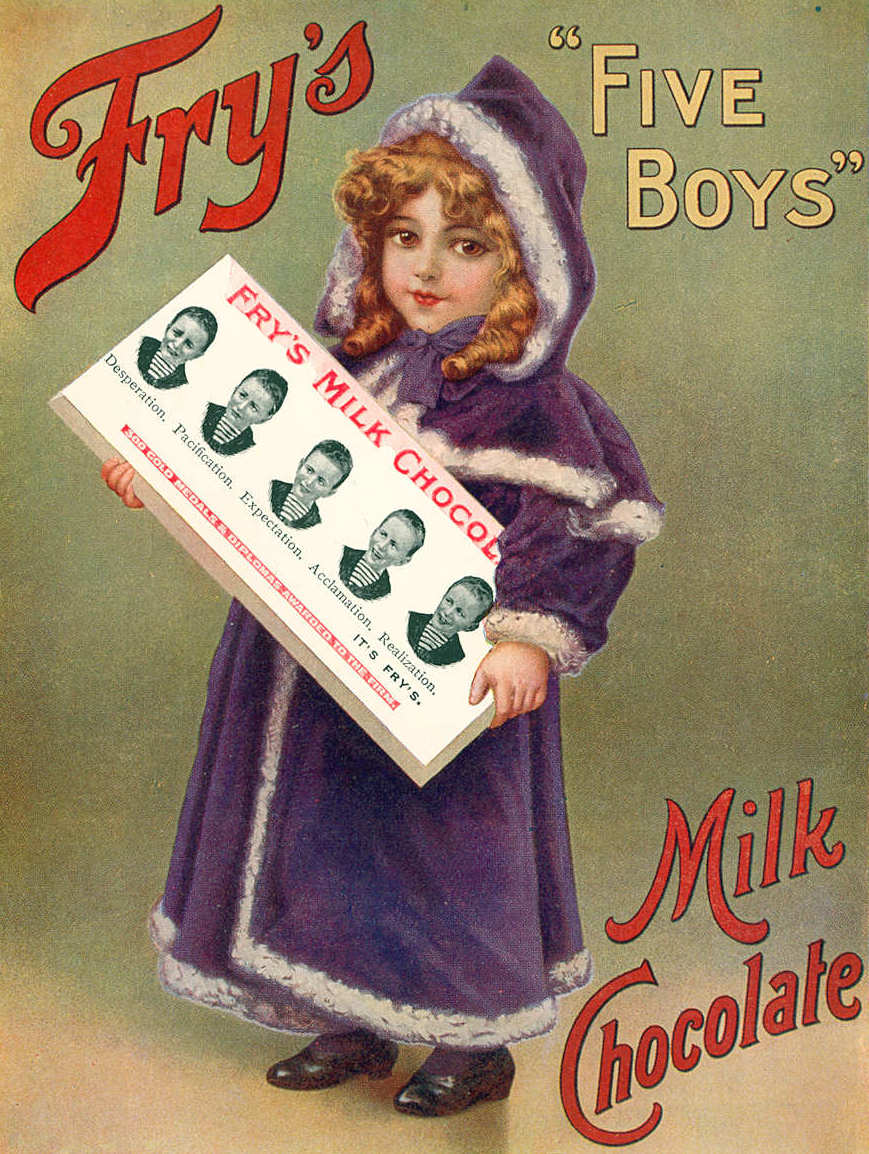
By the late 19th century, boxed chocolates became all the rage and gave rise to companies we know today, like Cadbury and Russell Stover.
Giving chocolates as gifts also became more popular, as still remains so today.
Today, Chocolate Production Is Becoming More Ethical

While there are still ethical concerns over how chocolate is grown and produced today, there are also plenty of better options.
Many companies use fair trade practices and provide living wages for their employees.
The Average American Consumes 12 Pounds Of Chocolate Each Year!
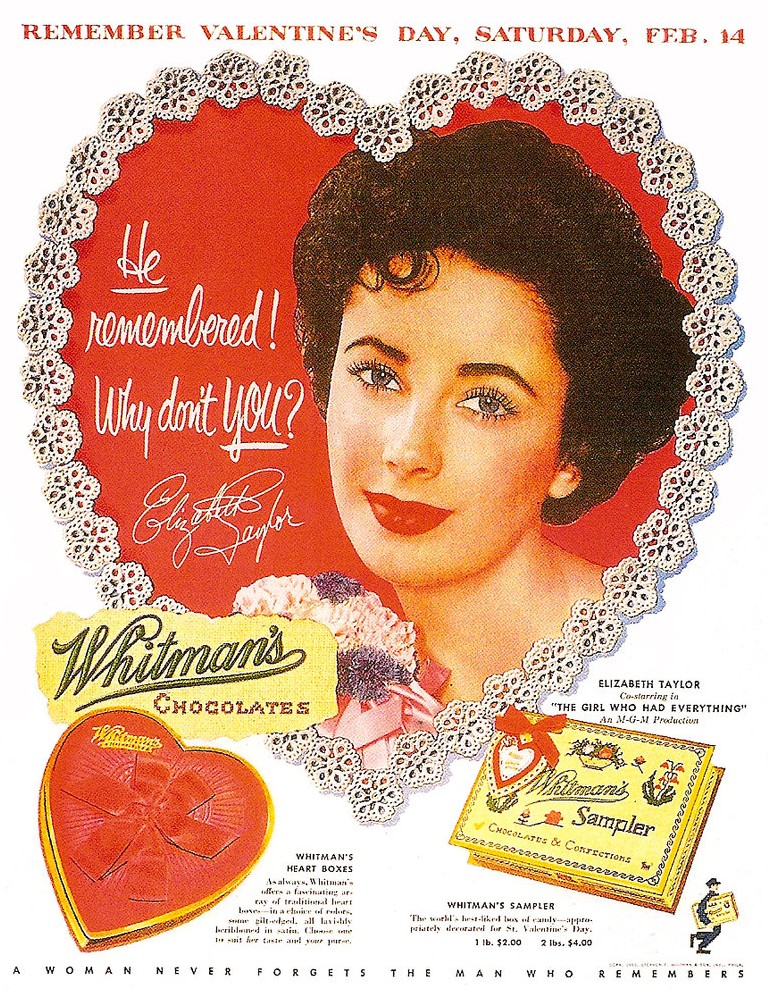
Nine out of ten people say they love chocolate — and considering its delicious flavor and colorful history, it's really no surprise!
Do you love chocolate too? Let us know in the comments below!
It's incredible how much history is held in one treat!
Please SHARE this history with your chocolate-loving friends and get everyone craving some!
Thumbnail photo from History.org.




